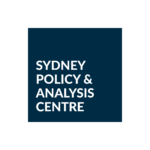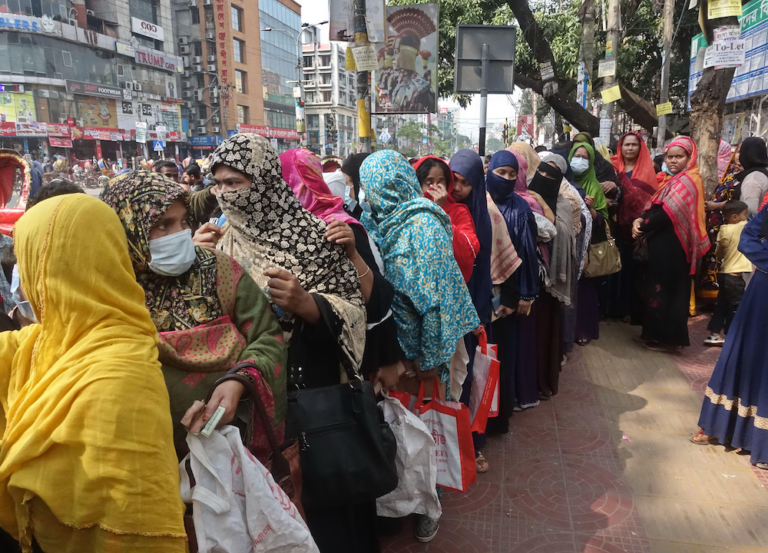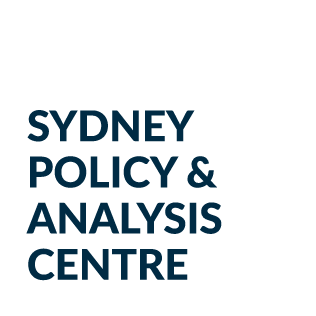This is the seventh edition of our set of 18 charts about the Bangladesh economy, with three months of further data. For more about the purpose and background of the charts and about the significance of each indicator, read the first article from March 2021 here.
The last instalment in November 2022 showed that the economy was being buffeted by inflation and exchange rate uncertainty.The latest data shows that the policy settings are yet to adjust to the inflationary environment, and the macroeconomy remains dangerously unstable. With interest rates capped below the rate of inflation, the real cost of borrowing is negative. This is fuelling private demand and imports. In the meantime, remittances remain weak, reflecting expectations of further sliding of the exchange rate. Strong exports growth has helped stem the erosion of the Bangladesh Bank’s foreign reserves. However, with electricity shortages hitting productions, there are risks to exports performance. Fundamentally, the lack of transparency surrounding the exchange, interest rate, and fiscal policies is adding to the uncertainty.
It should be noted that the indicators only represent the urban, formal economy, and not the rural, agricultural, and the informal sectors. It’s hard to see the informal sector avoiding the inflationary environment prevailing in the formal economy. However, the lack of any explicit indicator of the agriculture sector presents an important caveat to the analysis presented. (In Bangladesh, financial years are from 1July to 31 June.)
Overall Assessment
Buffeted by global inflationary shock, the economy remains unstable with inappropriate policy settings. Caps on interest rates remain below the rate of inflation, fuelling private demand, which is adding to inflation as well as raising imports. Meanwhile, uncertainties remain around the exchange rate, which is affecting remittance flows. Exports have remained strong, helping stem the erosion of the central bank’s foreign reserves. But problems in the electricity sector have started affecting industrial productions.
Chart 1: Electricity Generation
Prior to the pandemic, electricity generation was growing by 9-11% a year. After recovering from the pandemic in 2021, this series started slowing sharply into the summer of 2022. Growth in the series was less than 4% in the year to September 2022. The slowdown reflects the widespread loadshedding reported in the media in 2022.

Chart 2: Industrial production
Prior to the pandemic, this series recorded yearly growth of 14-16%. Shaking off the pandemic-induced stagnation, the series staged a rebound in the second half of 2021 and the first quarter of 2022. Since then, growth in the series has moderated to less than 13% in the year to September 2022. The slowdown in the series is consistent with the slowdown in the electricity generation as well as media reports of supply chain difficulties.





